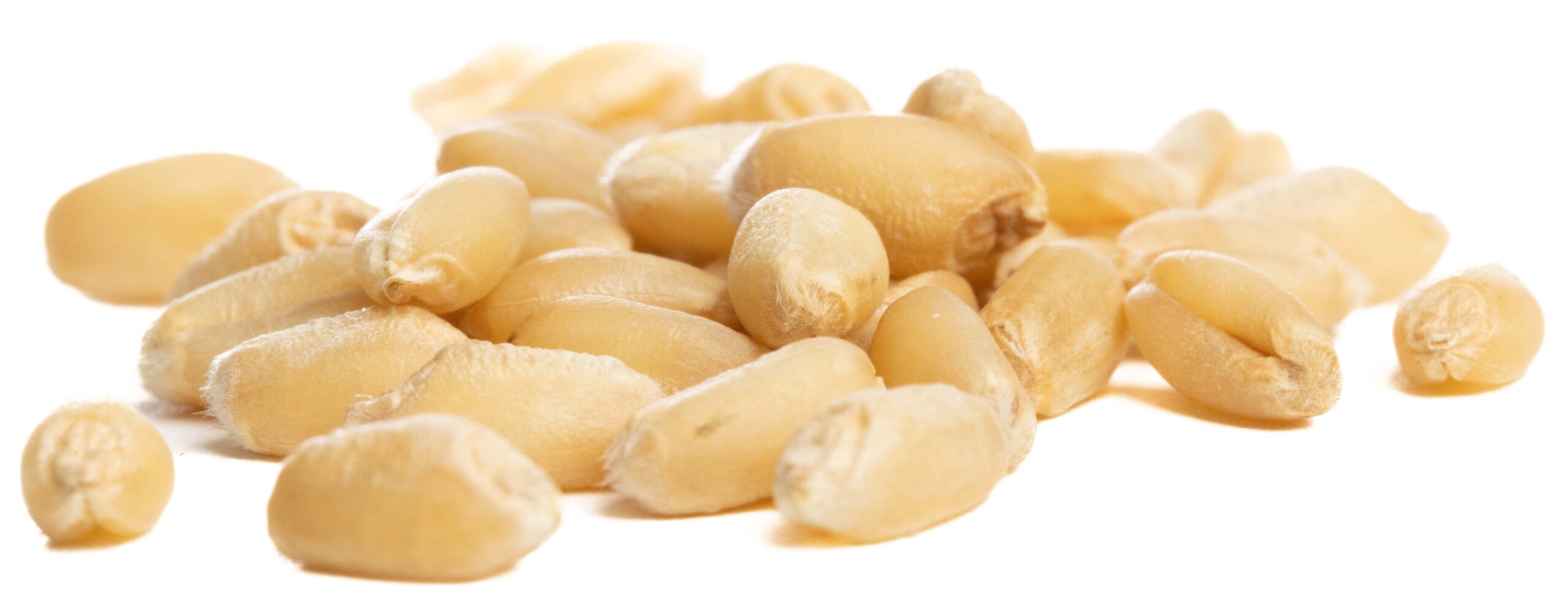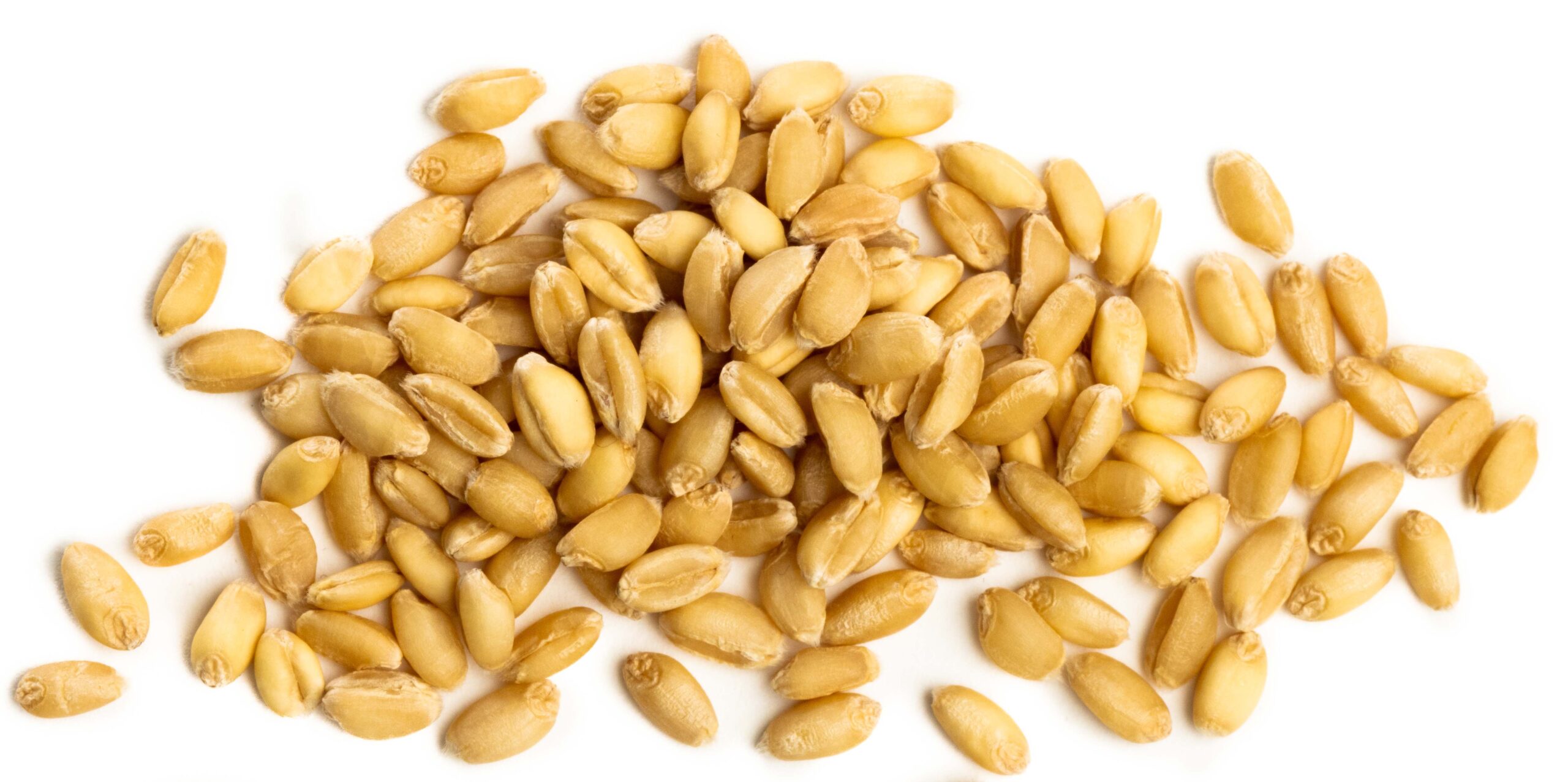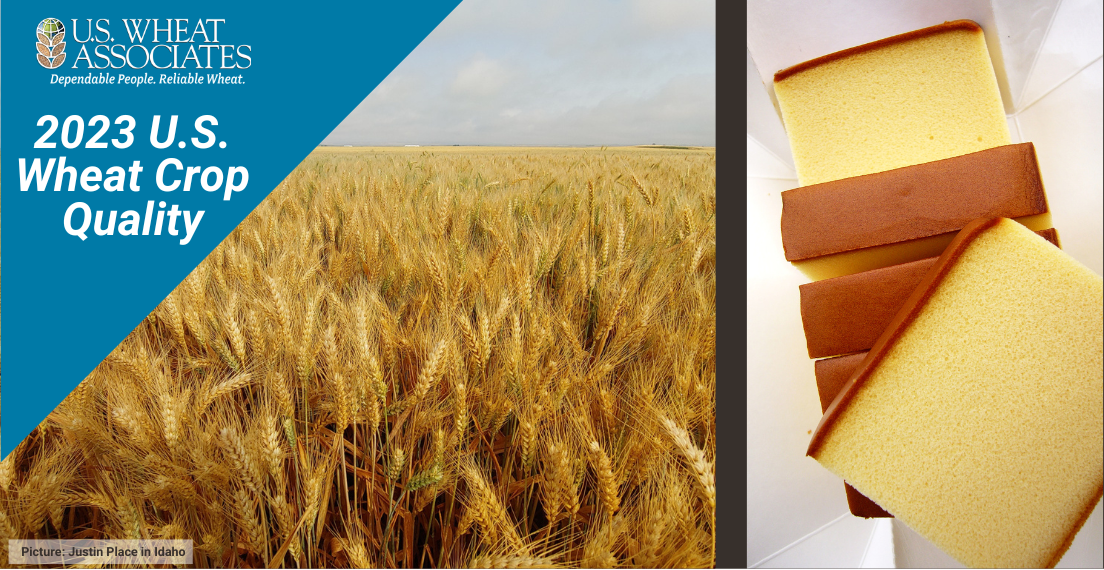“It was a challenging year,” said Oregon farmer David Brewer of the 2023 soft white (SW) wheat production season. “However, I believe that our investments into variety development and adoption of sustainable management practices have helped us ensure the best functionality from the 2023 crop.”
Seeding conditions were good in the fall of 2022 with sufficient moisture to get the soft white winter wheat crop off to a good start in the Pacific Northwest (PNW). Dryness set in just as the crop was breaking dormancy and turned hot as farmers seeded their spring SW. Hot, dry conditions persisted and accelerated maturity and harvest.
Those growing conditions affected yields, with SW production now estimated at 5.3 million metric tons (MMT) or almost 195 million bushels. That is 23% less SW than PNW farmers produced in 2022.

The dry conditions also contributed to a SW crop with above-average protein. Yet, the crop has appropriately weak to medium gluten strength and acceptable or better finished product characteristics. Stocks of more typical protein SW from 2022 are also available to buyers. In addition, the higher protein SW in this crop provides opportunities in blends for crackers, Asian noodles, steamed breads, flat breads, and pan breads.
The following 2023 crop quality highlights include functional data for Club, a sub-class of SW with very weak gluten strength, typically used in a Western White blend with SW for cakes and delicate pastries.

2023 SW Crop Highlights
- The overall average grade of the 2023 SW crop is U.S. No. 1 SW; Club average is also U.S. No. 1.
- Test weight averages trended lower this year with an average of 60.3 lb/bu (79.3 kg/hl) for SW and 60.7 lb/bu (79.8 kg/hl) for Club.
- Protein (12% mb) is higher this year with an average of 11.1% for SW and 10.6% for Club.
- Falling number average is 336 sec or higher for all SW composites and 327 sec for Club.
- Buhler Laboratory Mill average extraction for SW is 70.3%, and 72.1% for Club. Commercial mills should see better extractions, although some adjustments may be necessary for portions of the crop with lower test weights. Flour extractions should not be compared to last year or the 5-year average as the calculation has shifted from a total product weight basis to a tempered wheat weight basis.
- Solvent Retention Capacity (SRC) lactic acid and water values for SW are 105% and 51%, respectively, indicating weak to medium gluten strength. Overall, SW composites have SRC profiles suitable for good cookie and cracker performance. Lactic acid and water SRC values for Club are 71% and 51%, respectively, and are indicative of very weak gluten with low water holding capacity.
- Starch pasting properties include amylograph and RVA viscosities for SW and WC indicating the crop is suitable for batter-based products. The low protein SW composite average of 368 BU/2122 cP peak viscosity is reflective of a slightly lower falling number (313 sec). The overall SW and WC averages are similar to last year.
- Soft white and Club dough properties are typical and suggest very weak to medium gluten strength and low water absorption values similar to their respective 2022 and 5-year averages.
- Sponge cake volumes average 1089 cc for SW and 1110 cc for Club. Hardness value for SW is 353 g and 337 g for Club. All SW and Club cakes were baked from an experimentally milled straight grade flour. For comparison, control cakes baked at the same time from a commercially milled short patent cake flour (2022 harvest) have an average volume of 1205 cc and an average firmness of 242 g.
- Cookie diameter values are 7.7 for SW and 7.9 for Club. Spread ratio for SW is 8.2 and 8.8 for Club. These values should not be compared to 2022 or the 5-year averages as the cookie method has changed as of 2023 (see analysis methods).
- Average soft white pan bread bake absorption is 56.1% and loaf volume is 696 cc. Blends of hard wheat with up to 20% SW should produce acceptable pan breads, especially from higher protein SW.
- Chinese southern-type steamed bread values for Club, and medium and high protein SW composites scored similar to or better than the control due to greater volume and whiter internal crumb color. Specific volume and total score averages are SW 2.7 mL/g, 70.8 and Club 2.7 mL, 70.7, respectively.


